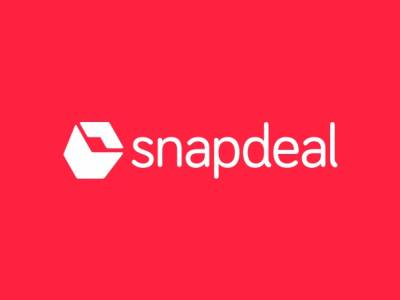Brandjacking and Copycat Culture: Not All Trends Are Made To Be Followed
Authored by Harsh S Kedia, CEO, Auburn Digital Solutions
Brandjacking has emerged to be a significant issue in the marketing industry. Brandjacking is the practise of local or newer companies adopting the identity and visual characteristics (colour, logo, form, and font) of an established one. It is frequently done to trick people into thinking that they are the well-known brand. To capitalise on the equity of well-known businesses, these copycat brands frequently replicate their trademarks. The popularity of social media has increased brandjacking's accessibility. Hackers and online con artists are always coming up with new, inventive methods to steal a well-known brand's equity. Harsh S. Kedia, CEO, Auburn Digital Solutions discusses many forms of brandjacking and how businesses should combat them.
Brandjacking is an intentional attempt to deceive customers and steal from an established brand. It represents a misuse of a brand. Brand abuse may take many different forms. When there is no connection between them, it might occasionally only be regarded as linking a lesser-known name to a more well-known brand. Often, knockoff brands are less expensive than genuine ones. Customers frequently find it simple to either disregard reality or be duped into buying goods and services from the feigned brand due to the price difference. Nonetheless, the outcomes of brandjacking may be either fruitful or terrible, depending on how it is carried out.
Online brand exploitation is feasible thanks to cybersquatting Cybersquatting is the process of utilising a domain name or social media account that contains, or is confusingly similar to, a competitor's brand name to appear in the search engine results for their target demographic. Customers might be directed away from the legitimate brand and towards brandjackers by establishing false social media profiles. Also, this may cause unwitting individuals to disclose sensitive information or con them into making transactions they weren't intending to make. Individuals can also be personally targeted by receiving phoney emails, texts, or phone calls. Phishing is the name for this specific method of brandjacking.
One of the simplest and most common methods to brandjack is to mention a competitor's brand in a blog post, an article, or any other type of material. It helps them to attract the followers of the aforementioned brand to themselves. If a company's website has trustworthy and well-optimized content, it may show up higher when someone searches for the brand name.
The technique of utilising a competitor's popular posts and/or hashtags to promote one's own social media channels is known as social media piggybacking, also known as piggyback marketing. Moreover, this can mean posting, connecting with, and messaging the target market of the competing brand. This enables the piggybacker to leverage the digital media of their rivals to draw customers.
Brandjacking in Google AdWords is the simple act of placing a bid on an existing brand’s keywords by a forged brand and then displaying their own advertisement. Simply put, brandjacking is the practise of diverting "Brand X" traffic to "Brand x "'s" sites so that Brand x may profit from it.
Do you recall the battle Bisleri fought with its phoney counterpart? In order to brandjack and steal from Bisleri's equity, several copycats were exploiting it. Afterwards, Bisleri devised a campaign to teach its clients how to distinguish their original products from knockoffs. They also introduced bottles with regional language labels.
Amul, a well-known dairy product company, had to take legal action to prevent a non-competing candle brand from using its name. To earn the public's trust, the candle vendors exploited the Amul trademark. Amul, which has only ever been a dairy brand, had to get their name cleared up in court. Allowing other unaffiliated vendors to use their trademark or name on goods that don't reflect the brand may lead to public misunderstandings and misinformation about the brand.
All throughout the day, copycats and brandjackers may be spotted selling athletic wear brands like Puma, Adidas, Levi's, and Reebok throughout India. Consumers can purchase things they believe are similar to or the actual brand by obtaining duplicates of well-known brands. Offering these products for half the price or at a significantly lower price difference also causes customers to choose the copies instead of the genuine brand, which causes original businesses to lose business.
The ability of copycats to sabotage other companies is greatly facilitated by consumer neglect and lack of awareness. It's crucial to provide knowledge on how to spot counterfeit brands to your target market. Having formal copyright protection for your brand might aid with issues with unaffiliated parties that are exploiting its name or trademark. Continual interaction with retailers is beneficial for developing brand loyalty. The best approach to reach customers is through retailers. You may gain and preserve the loyalty of merchants by preserving solid relationships with them.









Share
Facebook
YouTube
Tweet
Twitter
LinkedIn